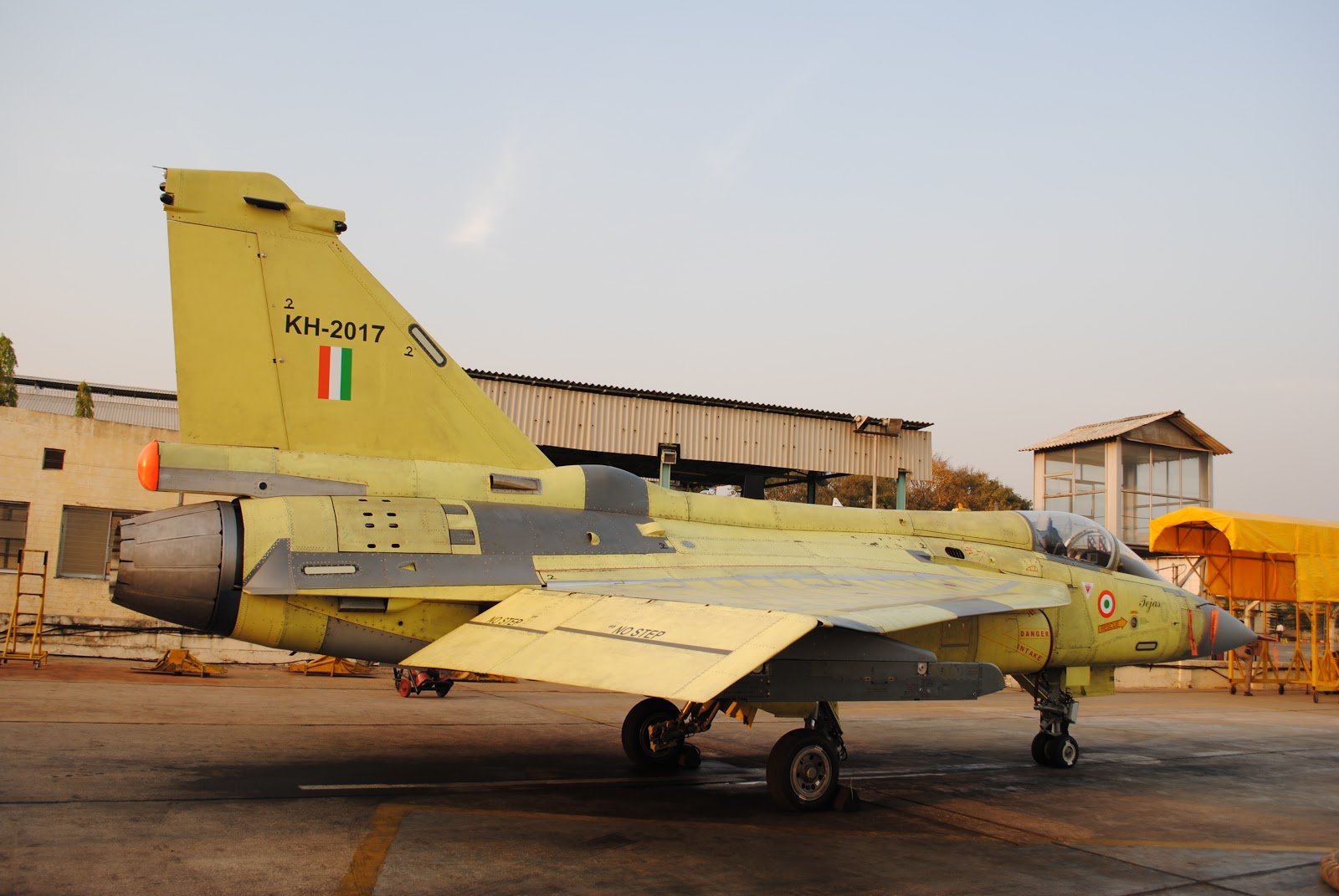You made reference to a blogger that Dassault in using Reliance was trying to rip the IAF by double dipping. The blogger made a bunch of assertions on how that was going to happen but I really need you to explain how the double dipping actually works by using Reliance instead of HAL. I was trained professionally as a CPA and in my life time I have structured a lot of business transactions around the world and I have no clue what that blogger was talking about. Maybe you do and can explain it to me before I comment further.
I have no idea about the Scorpene deal and I would rather talked about each case on its own merits to keep it simple.
while bharat karnad is not a trustable source, it is possible
that dassault can just import the the parts and assemble it in india,reliance being the assembler.
but HAL would force them them to make the parts in india.
if the parts are made by dassault more profit to them.
and any way we know very well taht Dassault is trying to divert the tender.from what the defence minister himself says,see posthttps://www.sinodefenceforum.com/indian-military-news-ii.t5934/page-88#post-322922















